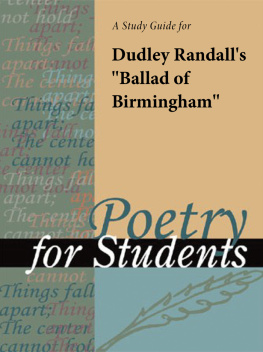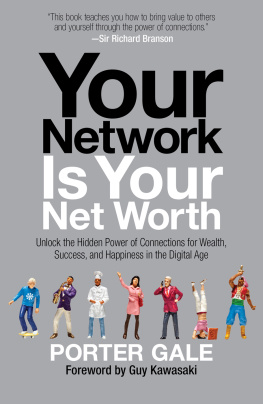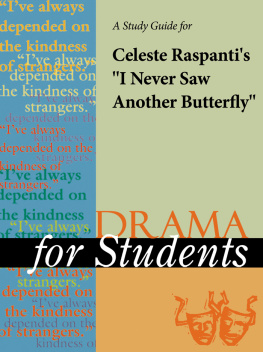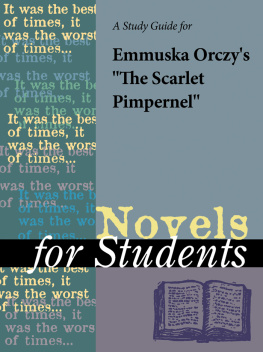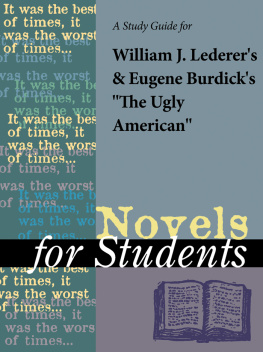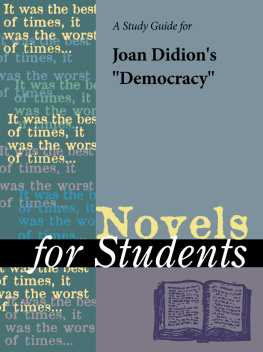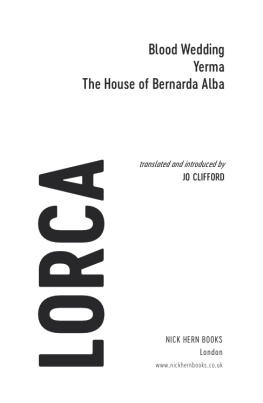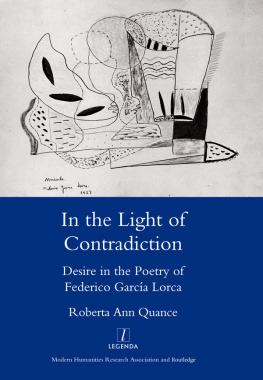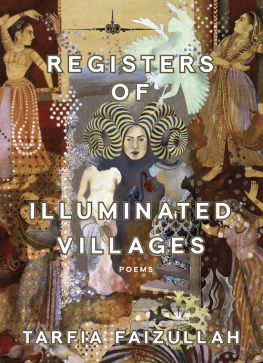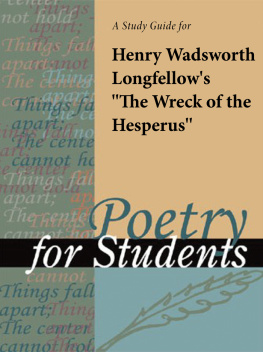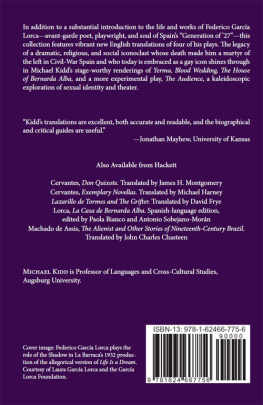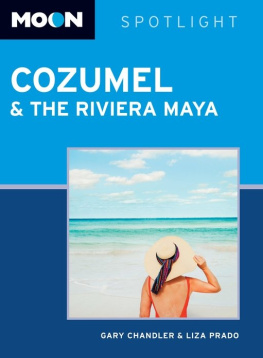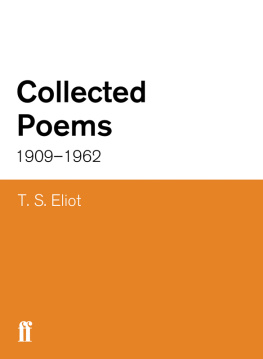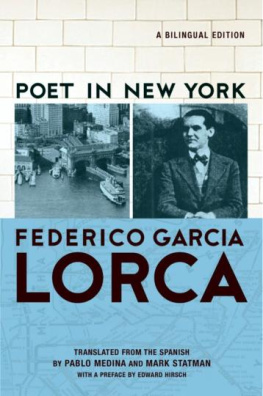TABLE OF CONTENTS
Guide
Poetry for Students, Volume 5
Staff
Series Editor: Mary Ruby.
Contributing Editor: Lynn Koch.
Managing Editor: Drew Kalasky.
Research: Victoria B. Cariappa, Research Team Manager. Andy Malonis, Research Specialist. Tamara C. Nott, Tracie A. Richardson, and Cheryl L. Warnock, Research Associates.
Permissions: Maria Franklin, Permissions Manager. Kimberly F. Smilay, Permissions Specialist.
Production: Mary Beth Trimper, Production Director. EviSeoud, Assistant Production Manager. Cindy Range, Production Assistant.
Graphic Services: Randy Bassett, Image Database Supervisor. Robert Duncan and Michael Logusz, Imaging Specialists. Pamela A. Reed, Photography Coordinator. Gary Leach, Macintosh Artist.
Product Design: Cynthia Baldwin, Product Design Manager. Cover Design: Michelle DiMercurio, Art Director. Page Design: Pamela A. E. Galbreath, Senior Art Director.
Copyright Notice
Since this page cannot legibly accommodate all copyright notices, the acknowledgments constitute an extension of the copyright notice.
While every effort has been made to secure permission to reprint material and to ensure the reliability of the information presented in this publication, Gale Research neither guarantees the accuracy of the data contained herein nor assumes any responsibility for errors, omissions, or discrepancies. Gale accepts no payment for listing; and inclusion in the publication of any organization, agency, institution, publication, service, or individual does not imply endorsement of the editors or publisher. Errors brought to the attention of the publisher and verified to the satisfaction of the publisher will be corrected in future editions.
This publication is a creative work fully protected by all applicable copyright laws, as well as by misappropriation, trade secret, unfair competition, and other applicable laws. The authors and editors of this work have added value to the underlying factual material herein through one or more of the following: unique and original selection, coordination, expression, arrangement, and classification of the information. All rights to this publication will be vigorously defended.
Copyright 1999
Gale Research
27500 Drake Rd.
Farmington Hills, MI 48331-3535
All rights reserved including the right of reproduction in whole or in part in any form.
This book is printed on acid-free paper that meets the minimum requirements of American National Standard for Information SciencesPermanence Paper for Printed Library Materials, ANSI Z39.48-1984.
ISBN 0-7876-3566-9
ISSN 1094-7019
Printed in the United States of America.
10 9 8 7 6 5 4 3 2
Ballad of Birmingham
Dudley Randall
1965
Introduction
Published in 1965, Ballad of Birmingham is significant both as an example of Dudley Randalls use of traditional poetic form to talk about political events and as the first broadsidea large, single-sheet publicationto appear in the Broadside Series from his extremely influential Broadside Press. Randall holds an important place in Americas literary history, not only as an accomplished poet, but also as an editor and promoter of African-American poetry, publishing African-American writers at a timethe early and mid-1960swhen the civil rights movement had just begun to galvanize and unite previously unrecognized artists of color.
Throughout 1963, Americans had watched as civil rights demonstrators and racist city and government officials clashed in Birmingham, Alabama. On September 15, 1963, the tragic culmination of those events occurred when a bomb ripped through the basement of the Sixteenth Street Baptist Church and killed four girls as they prepared for church. Randall personalizes this event in Ballad of Birmingham by recounting an imagined conversation between one of those girls and her mother. The child wants to participate in the childrens freedom marches led by Reverend Martin Luther King, Jr., but the mother is afraid to let her daughter be part of something she views as dangerous. But, as the poem points out, in a racist society, no placeno matter how sacredcan possibly be safe; the mother tells her daughter to go to church rather than march, but in the poem, it is, ironically, the church that is the site of greatest danger for the child. The ballad form of the poem and the conversational quality of its language all make it very accessible to a range of readersa quality Randall prizes in poetry. Ballad of Birmingham shows the potent voice poetry can have in the struggle for social justice and political change.
Author Biography
Randall was born in Washington, D.C., on January 14, 1914. His interest in poetry began when he was just a child and he published his first poema sonnet for which he won the prize of a dollarin the Detroit Free Press on its Young Poets Page. His father was a minister who took him to see such influential speakers as W. E. B. Du Bois and James Weldon Johnson, and his mother was a teacher. Randall worked for the Ford Motor Company in Dearborn, Michigan, from 1932 to 1937, an experience that sharpened his awareness of the feelings and lives of working people and affected his later writing. He was employed at the U.S. Post Office in Detroit while working on his bachelors degree in English at Wayne State University, and he served in the Army Air Corps before finishing his degree in 1949. He received a masters degree in Library Science from the University of Michigan in 1951 and went on to work as a librarian in Detroit. His interest in Russia led him to study and become fluent in the Russian language (from which he has frequently translated the work of other writers), and he established Broadside Press in 1965. He has won a number of awards for his literary contributions and was named the first Poet Laureate of Detroit in 1981.
In 1969, Paul Breman characterized Randall as quietly dedicated to the revolution and quietly doing something about it. Indeed, Randalls work as Broadsides editor has often been cited as his most important contribution to American letters. Beginning with Ballad of Birmingham in 1965 and his mythic, poetic rendering of Kennedys assassination in Dressed All in Pink, Randalls own poems constituted the first two broadsides in his Broadside Series that published almost one hundred titles by 1982. For Malcolm: Poems on the Life and Death of Malcolm X, coedited with Margaret G. Burroughs, appeared as the presss first collection, and Randall went on to publish what would be the first anthology of African-American poetry published by an African-American publisherBlack Poetry: A Supplement to Anthologies Which Exclude Black Poetsin 1969. Under Randalls leadership, Broadside Press first published or gained the publishing loyalty of such key African-American writers as Gwendolyn Brooks, Nikki Giovanni, Etheridge Knight, Haki R. Madhubuti, and Sonia Sanchez.
Randalls own collections of poetry include Poem Counterpoem (1966) with Margaret Danner, a collection that juxtaposed his and Danners thematically linked poems;

